IBCS GUNNERY
Modernizing Training to Leverage IBCS
By LTC Joshua Urness
Article published on: November 1, 2024 in the Air Defense Artillery Journal: E-Edition
Read Time: < 18 mins
Intro
The Integrated Air and Missile Defense Battle Command System (IBCS) enables unparalleled integration of sensors
and effectors to allow greater modularity and tactical efficiency than the Air Defense Artillery (ADA) has ever
seen. ADA will soon realize this transformational materiel leap in Fiscal Year 2025 with the commencement of
fielding the operational force. A critical element of this transformation is the modernization of ADA doctrine
and gunnery. Leaders from across Fort Sill worked with 3-43 ADA and 11th ADA Brigade beginning in 2023,
developing an initial IBCS gunnery draft titled Training Circular (TC) 3-01.9, “Army Integrated Air and Missile
Defense (AIAMD) Gunnery.” The draft TC 3-01.9 was disseminated across the ADA force in February 2024 for
feedback, and 3-43 ADA is currently piloting the program’s implementation at the battalion and battery echelon.
This article describes a vision of the IBCS-enabled force and the initial proposed structure for what and how
that force trains. The gunnery structure leverages elements of the Integrated Weapons Training Strategy (IWTS)
methodology to maximize commander flexibility in building and sustaining readiness. The draft AIAMD gunnery is a
significant departure from how we have qualified our Patriot force in the past. Modular gunnery builds and
sustains ready and reconfigurable Air Defense capability at appropriate echelons to operate as composite task
forces tailored toward specific mission requirements. In this system, individuals and crews reconfigure, if
necessary, to meet mission requirements. The Digital Training Management System (DTMS) tracks proficiency
ratings to ensure individuals retain gunnery qualifications, like a driver’s license, from one organization to
the next. Commander flexibility for the above Crew Echelon gunnery creates opportunities to combine gunnery
training with Mission Essential Task-focused training. Training is tailored to specific mission sets per FM 7-0,
“Training.” This change improves the forward-stationed operational unit’s abilities to tailor training to their
mission requirements. Air battle management (ABM) training emphasizes engagement types through vignettes, e.g.,
complex, multi-axis attacks, instead of current Patriot gunnery “Threat Focus Track (TFT)” lists to drive
standardized skill development and training objectives that iteratively increase in difficulty and complexity,
based on trainer/ evaluator and commander guided conditions. The article finishes with a note about key gunnery
terms, a description of measuring readiness, and a way ahead.
The vision of an IBCS-enabled Air Defense Force
Gunnery modernization aims to create an IBCS-enabled Air Defense Force capable of operating as composite task
forces tailored to specific mission requirements, aligned with army resourcing and standardization. Air Defense
units achieve Battalion readiness through Mission Essential Task (MET) training and crew-focused gunnery
qualification using the Army gunnery model (Integrated Weapons Training Strategy, TC 3-20.0). Qualified Crews or
units combine to form composite Air and Missile Defense (AMD) Task Forces capable of training together or being
distributed to conduct culminating training events in preparation for certification events. Force providers
certify Task Forces to meet tailored mission requirements through home station culminating training events.
Certified, forward-stationed operational units and force providers support competition in preparation for a
crisis or armed conflict or prepare to deploy in support of contingency missions.
The Integrated Weapons Training Strategy (IWTS)
The Integrated Weapons Training Strategy (IWTS) is a structured format for training through proficiency that
encompasses critical training along an echelon synchronized critical training path to prepare units for
operations across the Competition Continuum (discussed in Field Manual 3-0, Operations). IWTS gunnery
methodology includes only those events conducted to ensure the maximum experience is achieved or gained by the
trained Soldier or unit, supporting but not fully achieving unit METs. IWTS enables “Plug and Play” by providing
Commanders, at the echelon, the capability to seamlessly integrate capabilities and external warfighter
functions into collective, combined arms training events.
Training can be conducted simultaneously or separately, based on the commander’s discretion or training
objectives, such as crews, batteries, or composite task forces. Additionally, the qualification framework
enables the modularity and task organization of separate qualified crews to meet directed mission or readiness
requirements, i.e., Immediate or Contingency Response Force Requirements.
IWTS Implications to Organizing
IBCS-enabled Patriot gunnery assesses four “system groups,” which support flexible qualification guidelines and
facilitate mission-tailored task organization for multi-echelon training or operations. These four system groups
include the Operations System Group (OPS), the Sensor System Group, the Launcher System Group, and the Relay
System Group. The OPS System Group gunnery tables focus on the movement and emplacement of the C2 node equipment
and the alert state assumption. The Sensor System Group gunnery focuses on the emplacement of sensors and
integration of ADA systems into a task force’s integrated fire control network (IFCN).
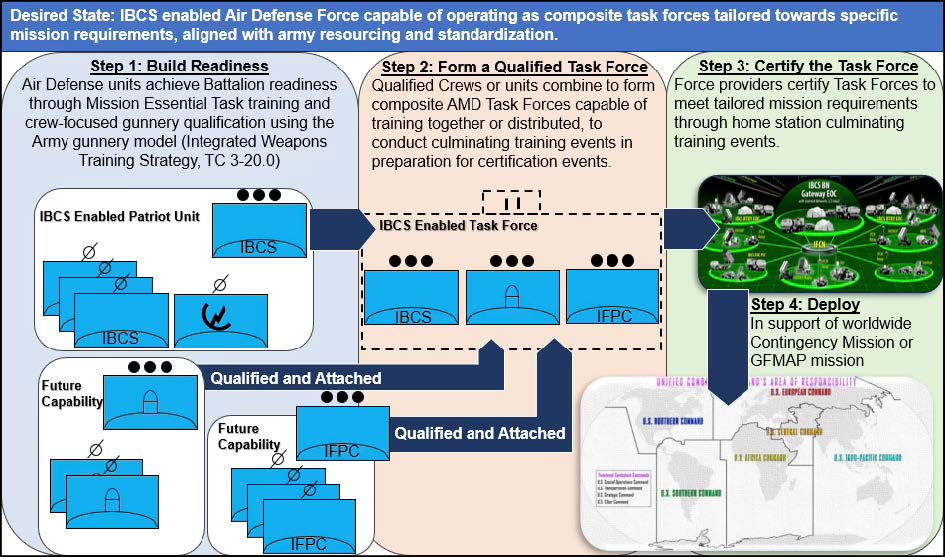
Figure 1: Vision of the IBCS enabled Air Defense force
The Launcher System Group gunnery focuses on establishing launcher sites, including remote launcher sites, and
integrating launchers into the IFCN. IBCS gunnery also includes section echelon tables for reload
qualifications, which qualified launcher crews and crewmembers must conduct. Both the Sensor and Launcher System
Groups are scalable to integrate additional types of sensors or launchers to support composite or task force
integration, meaning adding IBCS-enabled capabilities such as Sentinel or other effectors does not necessitate a
new training circular.
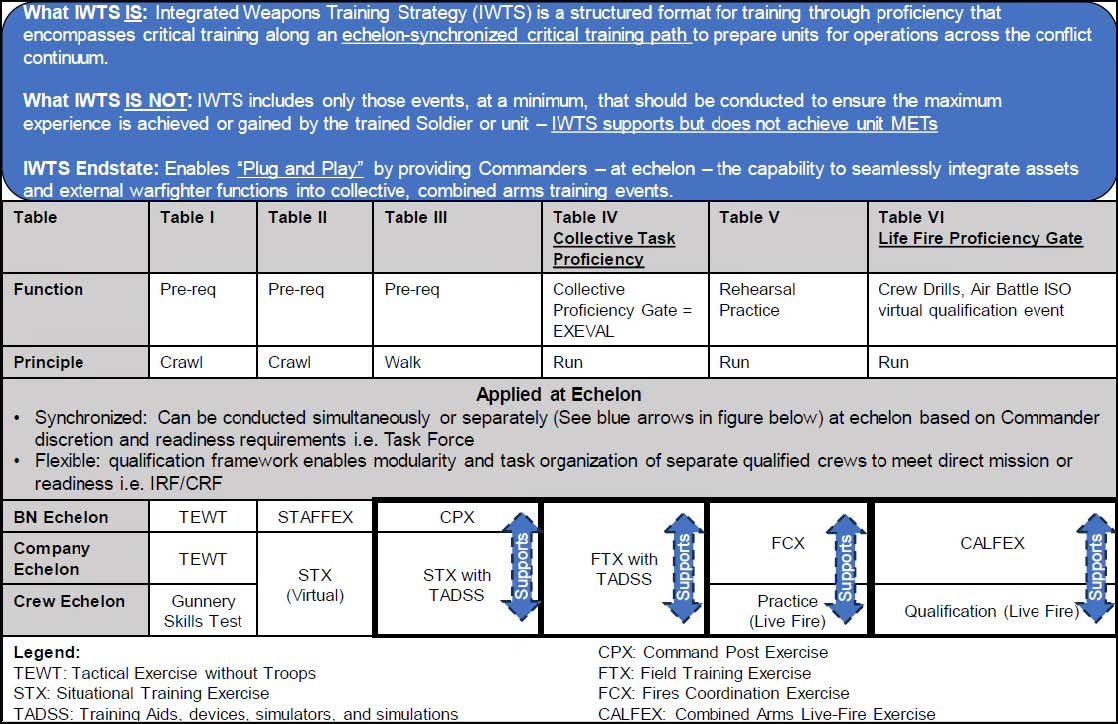
Figure 2: Integrated Weapons Training Strategy 101
The final group is the Relay System Group, which focuses on emplacing relay equipment to support higher echelon
battle tasks to integrate and establish an integrated fire control network. Air Battle Management gunnery tables
are an additional, separate set of gunnery tables somewhat aligned with the OPS system group gunnery but
deliberately independent to facilitate gunnery proficiency development for non-OPS system group Soldiers.
IWTS Structure in ADA Gunnery
The initial draft of IBCS gunnery applies the core IWTS structure and methodology through the following
attributes:
- Crew qualifications are the primary focus. The draft gunnery currently only includes section echelon
qualifications for launcher reload. Unit METs measure battery echelon training readiness and do not require
gunnery tables.
- Crew gunnery tables begin with individual tables and transition to crew collective tables. Individual tables
follow the crawl and walk principles, while crew collective tables accelerate into run and crew
qualification.
- The gunnery structure includes six tables, three individual and three crew collective tables. Table III is
the gateway to collective gunnery, and Tables I—III must be completed before progressing to collective
gunnery. Table VI is the qualification table.
- Individual gunnery includes a gunnery skills test, hands-on training, virtual training (such as air battle
management and operator interface familiarization), and individual training on a crewmember’s specific
position in a collective crew drill. Individual tables can be conducted in any order, as they do not require
a particular sequence. The gunnery skills test, which IWTS typically includes as a Table I task, is similar
to the former Table IV evaluations and includes both hands-on and written assessments. Training Aids,
Devices, Simulators, and Simulations are not within the focus of this article but significantly enhance
individual gunnery through the use of the AIAMD Air Defense Reconfigurable Trainer.
- Collective crew gunnery sets, develops, refines, and qualifies crews to employ their weapon system by
performing crew tasks at varying speeds, emphasizing safety and at quicker and specified speeds with safety
requirements.
- Qualifications are valid for one year. Certifications are valid for six months.
- The Army Digital Training Management System (DTMS) is the directed mechanism that tracks individual and crew
qualifications and certifications. Like a driver’s license, qualified and/or Certified service members
retain their credentials if they depart their assigned unit. Credentials remain valid until condemnation
(expiration) criteria are met (draft criteria is 12 months for qualifications, six months for
certifications). Qualification mobility is essential for forward-stationed operational units with frequent
personnel changeover because commanders could significantly reduce the frequency of major qualification
events at the commander’s discretion
The gunnery also includes optional, functionally focused gunnery “tracks” that enable the modular and flexible
attributes of IBCS. One such gunnery track is “Future Operations Gunnery,” which primarily includes MET
sub-tasks organized to evaluate a staff’s ability to conduct current and future operations for an IBCS task
force. IBCS task force staff operate an engagement operations center identical to those operated by battery fire
units and battalion fire direction centers, which enables them to contribute and support engagement and force
operations in a uniquely seamless manner. This gunnery track allows commanders to develop qualified,
battle-rostered staff crews aligned with engagement crews.
Another optional gunnery track includes Reconnaissance, Selection, and Occupation of Position (RSOP) gunnery
tables. This track is optional because the IBCS Modified Table of Organization and Equipment does not include
personnel for either security or RSOP positions. Due to the disaggregated nature of future sensors and effector
positioning to achieve survivability, the RSOP skillset benefits many crew members. RSOP teams organize based on
mission requirements, and the gunnery tables enable the achievement of standardized proficiency gates in this
skill set.
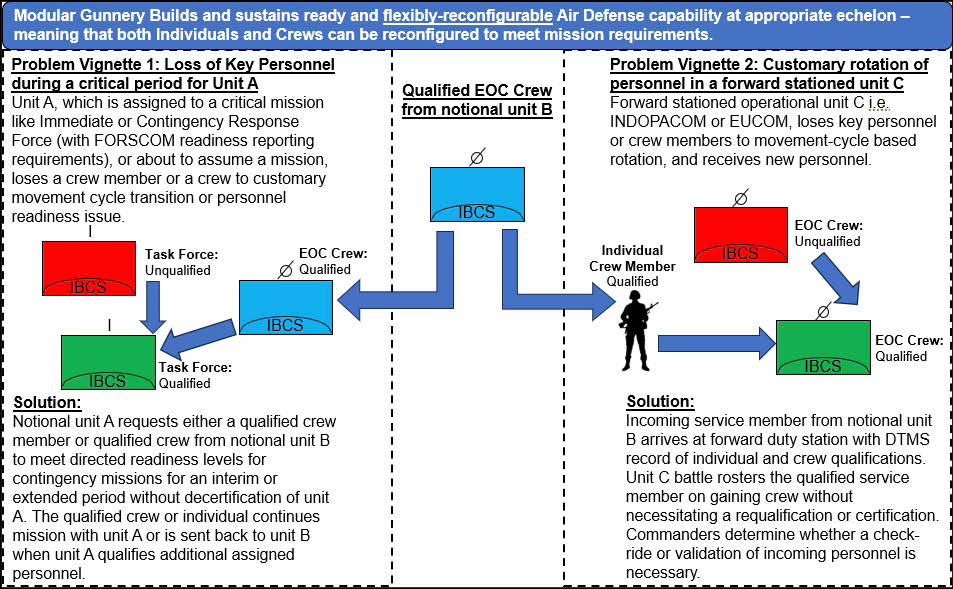
Figure 3: Qualification modularity vignette
Air Battle Management
Air Defense modifies some elements of the core IWTS methodology to meet branch-specific requirements or
equipment-specific needs. These modifications appear most evidently in air battle management training, a
separate six-table sequence with nine alternate skill or advanced tables. Air battle management Table I-III
consists of individual tables, and Table IV-VI transitions to crew tables and Table VI qualification. These
tables develop crews to what would formerly be an Air Battle Management Level five in TC 3-01.86.
Battle-rostered crews transition to the alternate skill and advanced air battle management certifications after
Table VI qualification. These tables fall into three categories:
- “Any echelon” skills that are optional based on mission and commander’s discretion, including tasks such as
establishing remote site operations or establishing control of multiple sensors in a single command and
control node.
- Battery echelon tables include advanced air battle management and fighting in a degraded state or from an
alternate fighting position.
- Battalion or task force echelon advanced air battle management builds on battery echelon skills but includes
staff tasks to develop defense plans and actively support air battle management during evaluations.
Air battle management (ABM) training emphasizes engagement types instead of current Patriot gunnery “Threat Focus
Track” lists to drive standardized skill development and training objectives that iteratively increase
difficulty and complexity based on trainer/ evaluator and commander-guided conditions. Additionally, while Table
VI qualification air battles last 45 minutes, certification air battle durations are two to three hours long.
The transition from the list-defined air battle threats to types of engagements and extension of air battle
durations build the “management” skills of air battle management.
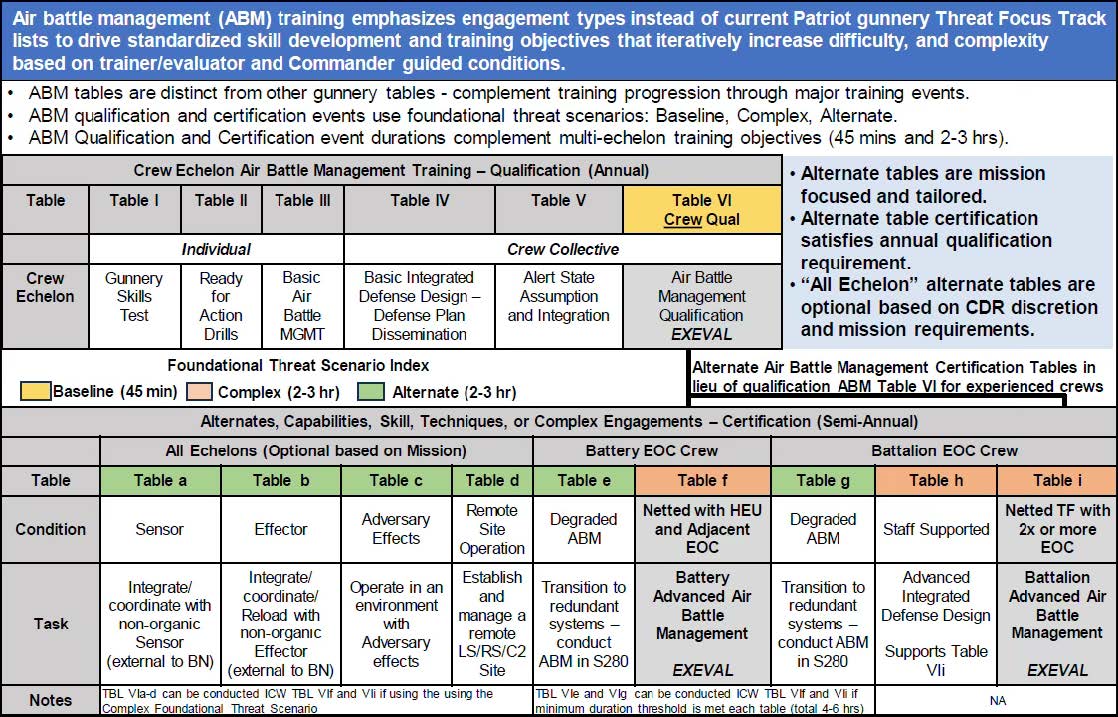
Figure 4: IBCS Air Battle Management overview
Complex attacks are one type of engagement that crews must conduct during Table VI qualification and advanced ABM
certification tables. Battle-rostered crews conducting advanced table certifications will perform at least two
complex attack engagements. One of the complex attacks includes multiple off-axis targets factoring defended
assets before a cruise missile or ballistic missile attack along a primary target line (PTL). Assessments
evaluate operators’ ability to quickly detect and engage off-axis and PTL targets while coordinating with other
task force entities and tactical control authorities to execute engagements. In another complex attack
engagement, the assessed crew’s primary sensor experiences jamming before being attacked by multiple unmanned or
remote threats attacking sensors or defended assets with anti-radiation missiles (ARM) or other munitions. Part
of the training objective for this complex attack engagement is to train kinematics for an air-breathing threat
fight with jamming that enables adversary ARM penetration/ leakers. However, this training objective becomes
more salient in the context of the task force or composite operations when operators develop skills to use
non-organic sensors to neutralize the effects of jamming by engaging threats with nonprimary sensor measurement
data, a capability unique to IBCS.
A Note about Key Terms
Gunnery modernization and IWTS structural implementation necessitate clarification of key gunnery terms to focus
on future training strategy and planning development. “Gunnery,” or “Gunnery Training,” refers to the baseline
training requirements designed to validate a Soldier or unit’s ability to employ a weapon system. Gunnery
training and MET training are different. While some gunnery tasks are individual or collective supporting tasks
to METs, gunnery alone cannot achieve MET qualification.
Qualification and certification are used interchangeably throughout Air Defense gunnery manuals and doctrine.
However, both terms are precisely defined and differentiated in the draft gunnery to clarify the purpose of
achieving baseline training requirements (versus additional, advanced, or mission-focused requirements).
Qualification is the achievement of a standardized gunnery proficiency gate such as TC 3-01.86 Table IV or VIII.
In the case of IBCS gunnery, Table VI is the gunnery proficiency gate.
Certification is training beyond the Army standard qualification that enables employment at an advanced level or
in a specific manner. Certification tables include tasks developed in the training circular and available for
implementation at the commander’s discretion, based on mission, or required to achieve higher
headquarters-directed readiness requirements. The term “certification” referenced in the context of gunnery is
not the same as commander certifications for missions, such as those a force provider gives after a successful
mission rehearsal exercise before deployment, which validates mission essential task achievement.
Measuring Readiness
The risk to enterprise-level readiness is incredibly high as the branch operates through the IBCS fielding and
transition period. While IBCS-adapted Patriot battalions can continue to assess readiness as before, full
operationalization of the modular, scalable IBCS Task Force concept requires changes in the Net-Unit Status
Reporting (USR) policy or ADA reporting under that policy. Current Army policy measures readiness based on the
current “Patriot Battalion” paradigm or “whole of battalion” approach. For instance:
Deploying less than half a battalion of capability: Task organization below the battalion echelon to create an
AIAMD “Task Force” if less than 50% of the providing parent unit identification code ([UIC] referred to as the
“AA UIC”; “AA” is the AR 220-1 designation code for a reporting parent unit), increases the providing unit’s
administratively non-deployable personnel number.
Deploying more than half a battalion of capability: Task organization below the BN Echelon to create a Task
Force, if greater than 50% of the providing AA UIC, results in “Deployment” status application to the entire AA
UIC; personnel remaining at the home station count as administratively non-deployable.
Administrative non-deployables impact training readiness assessments: Personnel readiness ratings also directly
impact Training readiness as a component of training attendance, meaning increases in administratively
non-deployable personnel limit AA UIC’s ability to achieve training readiness.
AR 220-1 training readiness policies measure AA UIC training readiness or “T-Rating” (T1 as trained to T4 as
untrained) based on MET achievement. ADA AA UICs are typically organizations at the Battalion echelon and above
(THAAD batteries are an exception because they are AA UICs). Batteries or modular capabilities organized below
the battalion echelon cannot be “training readiness” evaluated individually. Instead, AA UIC subordinate UICs
(think the batteries within the battalion) are assessed collectively for an average “T-Rating” across the parent
unit AA-UIC, resulting in one single score on the spectrum of trained (T1) to untrained (T4). Therefore, AR
220-1 does not account for sub-organization training readiness in a way that supports Army or joint-level
planning and preparing to employ a fully operationalized modular and scalable ADA force. The ADA force can train
to be modular and scalable and achieve compliance with readiness policies. Still, it incurs readiness rating
costs to deploy that way, regardless of how the capabilities organize and fight in a theater.
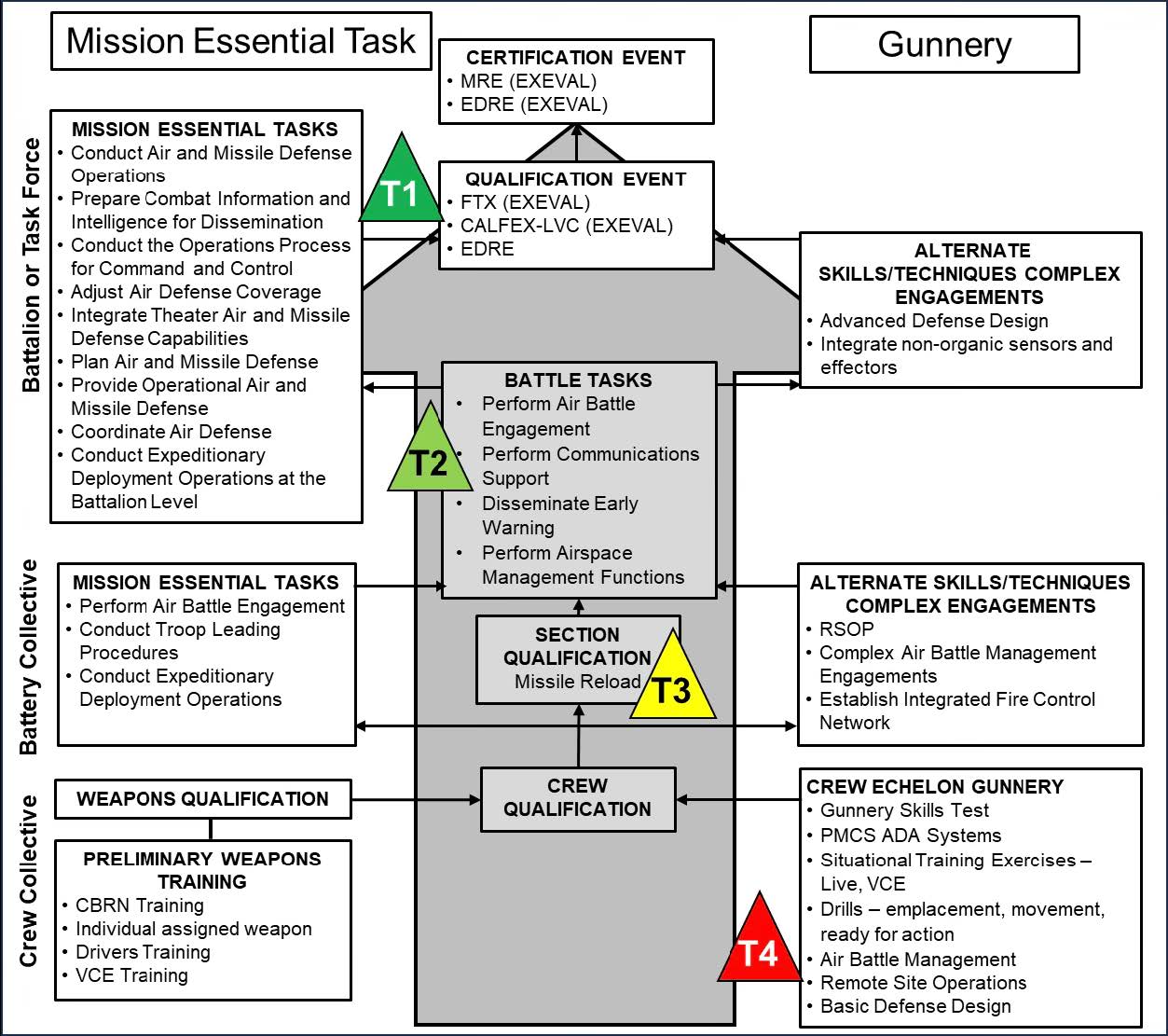
Figure 5: Training readiness visualization
Way Ahead
Developing a draft IBCS gunnery program is one of several steps toward realizing the transformational opportunity
of the whole AIAMD system of systems. Efforts are underway to modify, refine, and modernize domains across the
ADA portfolio to meet future battlefield requirements. Gunnery is a critical medium through which we can drive
the accompanying culture and paradigm-shifting changes that must occur to fully leverage our new technology
against modern, evolving threats. These efforts will continue well beyond the initial IBCS fielding, which will
begin in 2025. Initial fielded units will likely use the draft gunnery program and assist in further refinement,
leading to a final document in the next couple of years. Both the AIAMD gunnery programs and doctrine will
continuously evolve as additional capabilities complete development and begin fielding. These programs include
Indirect Fire Protection Capability (IFPC), Lower Tier Air and Missile Defense Sensor (LTAMDS), Remote
Interceptor Guidance – 360 (RIG360), Sentinel A4, and other programs.
Author
LTC Joshua Urness is the Integration Officer at Army Capability Manager – Army Air and Missile Defense
Command. In this position, he is responsible for the DOTMLPF-P integration of the Army Integrated Air and
Missile Defense System of Systems (AIAMD SoS), Patriot, and THAAD programs as the operational force
representative. The AIAMD SoS includes the Integrated Air and Missile Defense Battle Command System (IBCS),
Lower Tier Air and Missile Defense (LTAMDS) radar, Remote Interceptor Guidance 360 (RIG-360), and other Air
Defense modernization efforts. He previously served as the 11th ADA Brigade S3 and the 3-43 ADA (IBCS)
Battalion S3.